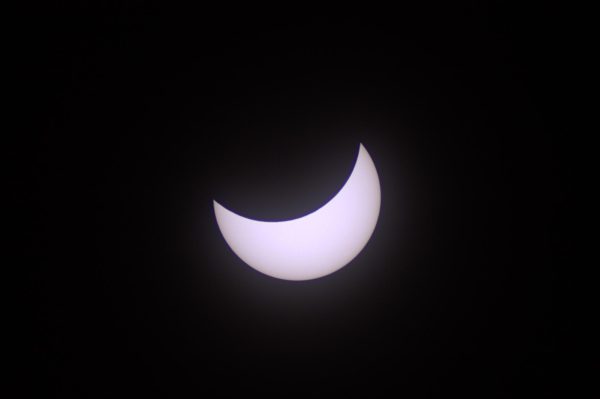Arctic Sea Ice
October 25, 2021
This year, the Arctic experienced a cooler than average summer. As a result, this year had the highest annual minimum sea ice extent since 2014; however, that does not mean that arctic sea ice is safe from global warming.
Arctic sea ice has been experiencing a dramatic decline. According to the US National Snow and Ice Data Center (NSIDC), the ice shrunk to 4.72 million square kilometers on September 16th, 2021. The maximum sea ice extent is 14.77 million square kilometers.
Every September, sea ice reaches its minimum. This ice minimum is referred to as the minimum arctic sea ice extent. The minimum sea ice extent is the lowest amount of sea ice during a year. Since 1978, the yearly minimum has decreased by about 40%. The U.N Intergovernmental Panel on Climate Change states, “The Arctic is likely to be practically sea ice free in September at least once before 2050.
Walt Meier, a senior research scientist at NSIDC explains, “Including this year, the last 15 years have had the 15 lowest minimum Arctic events on record.” The minimum sea-ice extent is declining at a rate of 13.1% per decade. The lowest minimum was set in 2012 when a strong storm assisted the melting process.
Many arctic animals, including polar bears, rely on sea ice. Even though the ice is documented to be higher than prior years, this does not mean that the ice isn’t melting at alarming rates.
